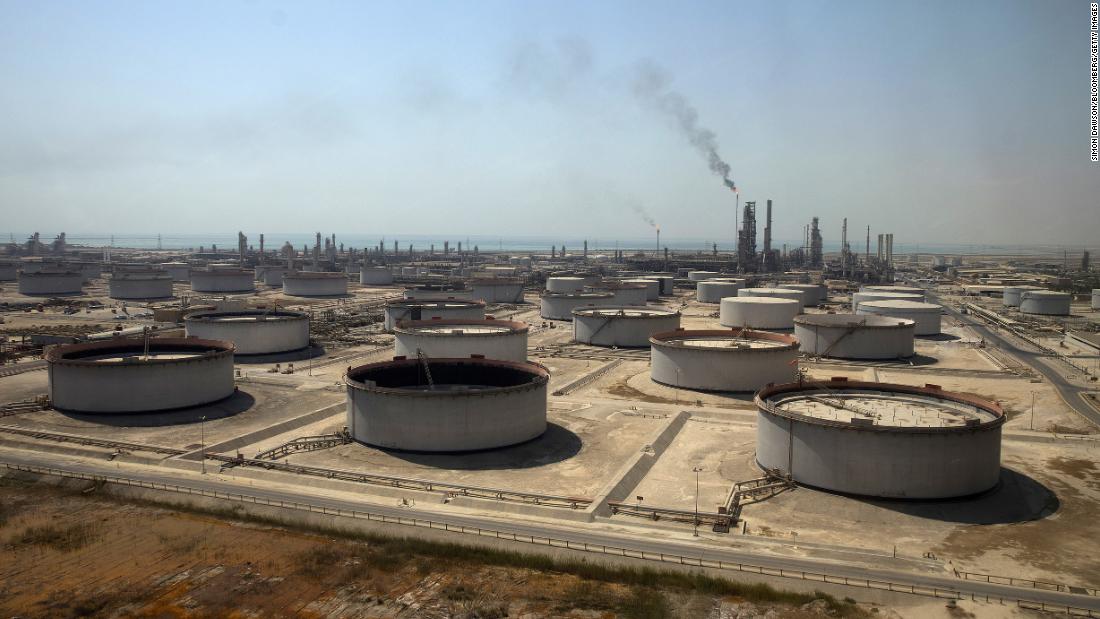

The Organization of the Oil Exporting Countries and its allies — which includes Russia — also known as OPEC+, said on Wednesday that it would produce an additional 100,000 barrels a day in September.
The price of Brent crude, the global benchmark, also hit a high of $139 a barrel in March in the days after Russia invaded Ukraine, but Brent is now trading at around $100 as traders fear a global recession will hurt demand.
Brent crude and West Texas Intermediate crude — the North American benchmark — both rose initially on Wednesday after OPEC’s announcement, as oil investors expected a bigger increase in production. But prices fell about 2% by midday.
“As a production rise it is a very small percentage of overall production, and much smaller than previous months increases, and thus makes little difference to the overall supply picture,” Hazel Seftor, senior research analyst for global oil supply at Wood Mackenzie, told CNN Business.
Still, Seftor added, the increase “is significant in that it reiterates the OPEC+ group’s commitment to managing the market,” though it was the group’s smallest hike since May 2021, when it started lifting production cuts introduced during the pandemic.
Oil stocks ‘critically low’
Still, OPEC expressed concerns on Wednesday that global supply will not be able to meet demand after 2023.
It said that emergency oil stocks among the 38 countries belonging to the Organization for Economic Cooperation and Development, which includes the world’s biggest economies, are currently at their lowest levels in more than 30 years.
Last month, the International Energy Agency warned in a report that “global oil inventories remain critically low,” and posed an especial risk to emerging economies.
On Wednesday, OPEC said that many of its members’ production capacity was “severely limited” due to “chronic underinvestment in the oil sector.”
